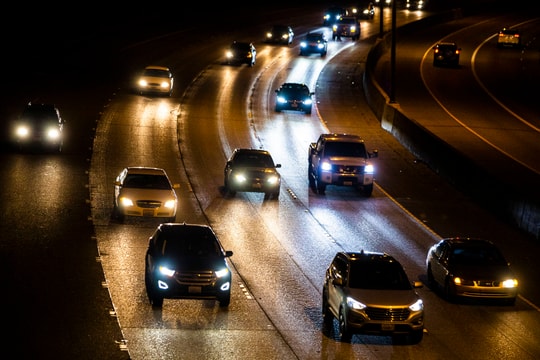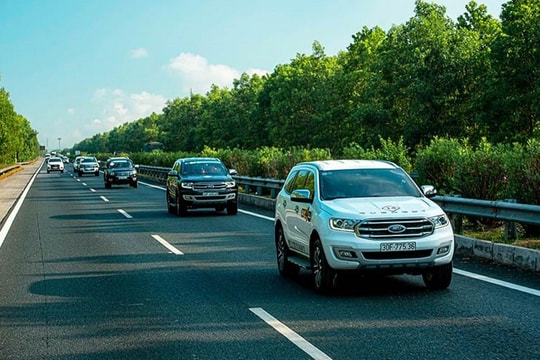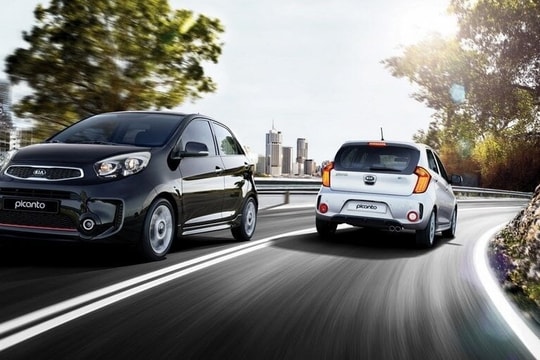How to keep a safe distance when driving?
The article below will tell you why you must maintain a safe distance from the vehicle in front and what that safe distance is?
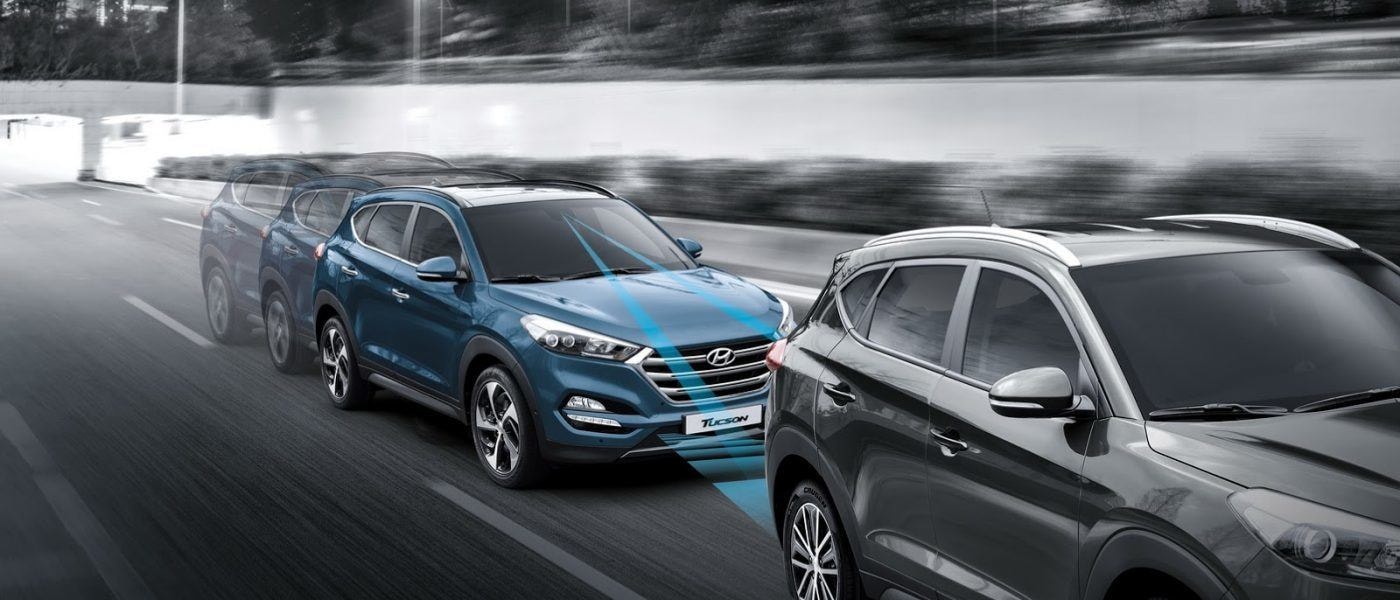
Car manufacturers, enthusiasts and car magazines often talk about the acceleration of a car, but the braking ability of a car model is rarely discussed. Although, in the process of learning to drive, we have been taught to keep a safe distance because of this factor, it seems that most of us do not pay attention to this issue when moving on the road and this has many unpredictable consequences.
Traffic experts in the UK have calculated and experimented to find specific figures for braking distance at different speeds based on the table below.
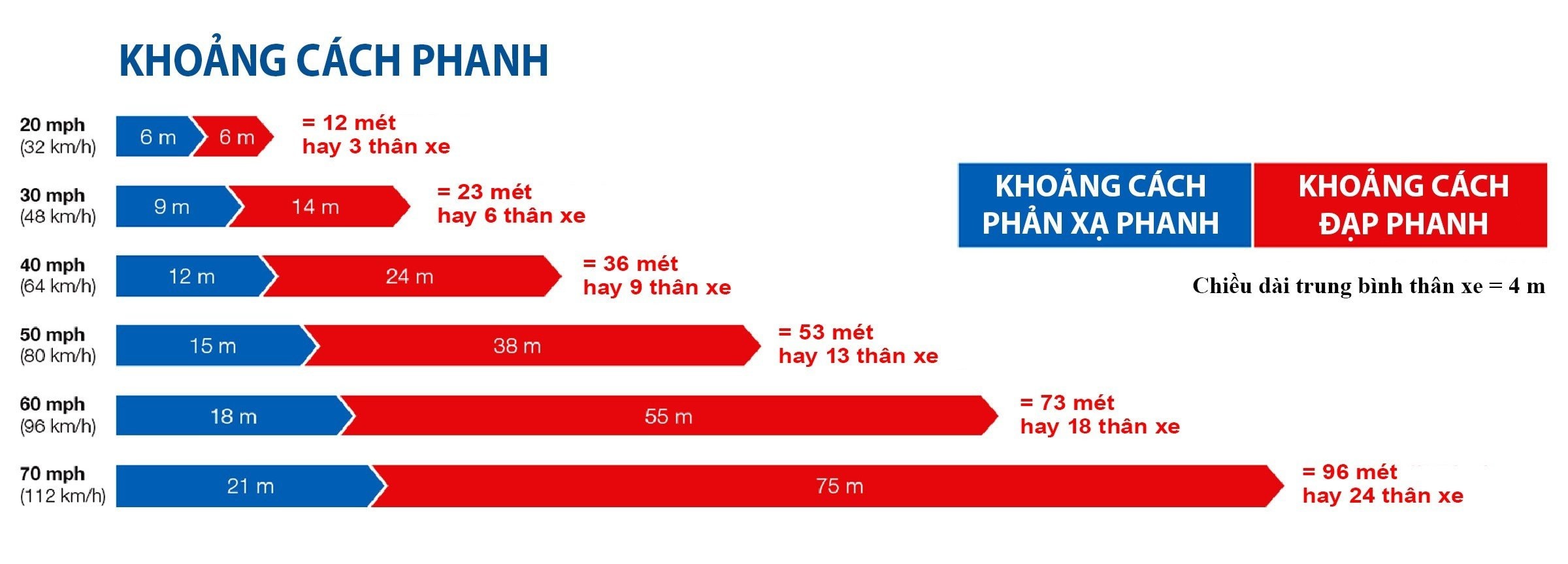
As you can see above, the braking distance is divided into two parts - the braking reaction distance and the braking distance. The braking reaction distance is the distance traveled between the moment we perceive the danger and the moment we brake immediately.
Braking distance is the distance from the moment the brake pedal is pressed until the vehicle comes to a complete stop. Braking distance is affected by speed more than braking reaction distance - the difference in braking reaction distance between 50 and 120 km/h is only 15m while the braking distance is 69m
Factors affecting braking distance
Speed
As the table above shows, the higher the speed, the longer the braking distance. Both the braking reaction distance and braking distance increase with speed. That is why in densely populated areas and towns, speed limits are required to be set to avoid unfortunate accidents.
Road conditions
Wet or icy roads will increase braking distances, because of poor traction between the tires and the road. Slippery roads can cause the vehicle to skid or slide. In these conditions, braking distances can increase up to 10 times normal.
Driver's cognitive ability
Driving while drunk is one of the illegal acts. Alcohol in wine will reduce the driver's cognitive ability and increase the driver's reaction time. Therefore, the braking distance is also longer than normal. In addition, driving in a state of fatigue will also negatively affect the driver's cognitive ability, especially for long-distance drivers.
Tires
The first factor when it comes to tires is their quality, generally the higher the quality of the tire, the better the braking distance will be. In studies, the difference in braking distance between the best and worst tires regardless of tire type is up to 4.6m.
The second factor is the age of the tyre, most tyres have a tread wear indicator located between the tread grooves and 1.6mm high. If the tyres are worn below or above this level, the frictional ability of the tyres will be significantly reduced, resulting in increased braking distance.
Another important thing is to maintain the correct tire pressure to maximize the friction of the tire set.
The car itself
A car that is always maintained in a stable state and in the best operating condition will ensure the shortest stopping distance. For example, a dirty windshield will reduce your visibility, poorly maintained brakes will take a long time to stop the car, or you will be disoriented in the dark with dirty or mislit headlights.


